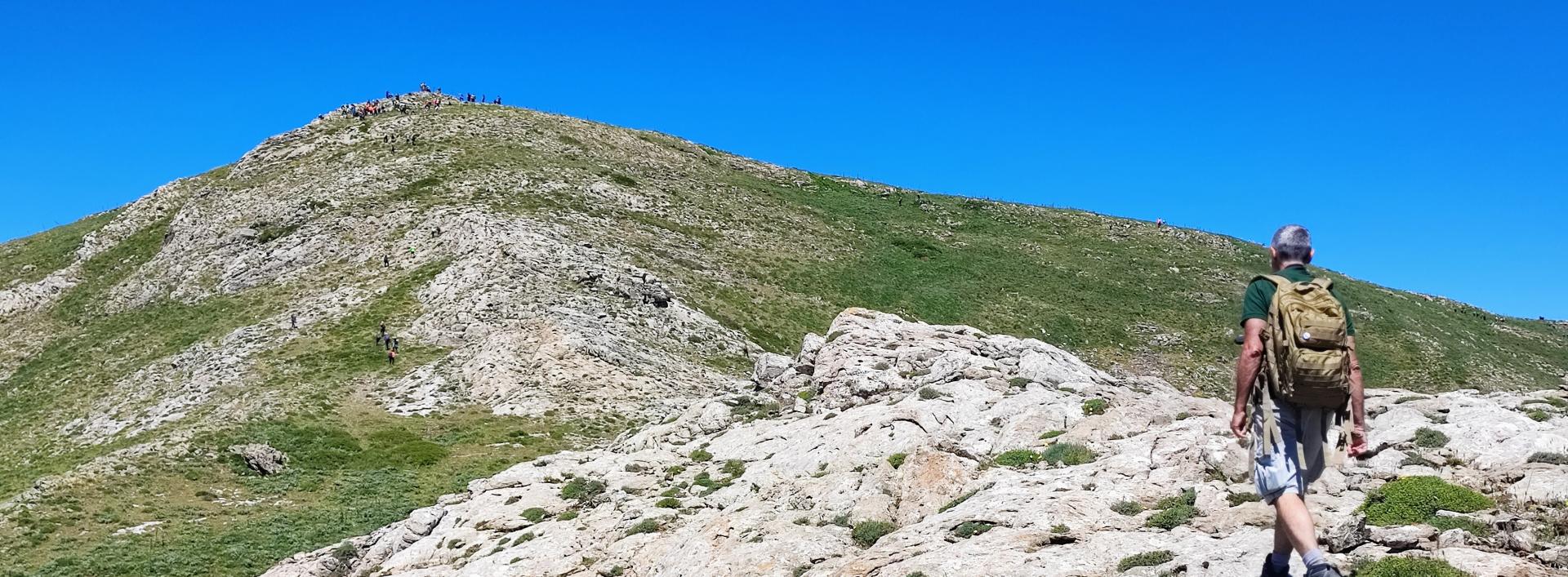Long-distance hiking itineraries (in stages)
For shoes full of steps! Not just "Sentiero Italia" with its 28 stages along the authentic eastern ridge: many other routes to explore the wildest - and therefore most evocative - places of the island. Routes identifiable in the signs of the official routes of the RES Cadastre, standardized by trail arrows and white-red flags. They cross the most spectacular scenery: Supramonte, Ogliastra dei Tacchi, Bosa-Villanova-Alghero coast, Nurra, Argentiera, Limbara, Montalbo, Settefratelli, Linas-Marganai, Gutturu Mannu...
Arm yourself with energy, courage and the desire to discover, but accompanied by expert people or guides!

Image credits Agenzia regionale FoReSTAS



